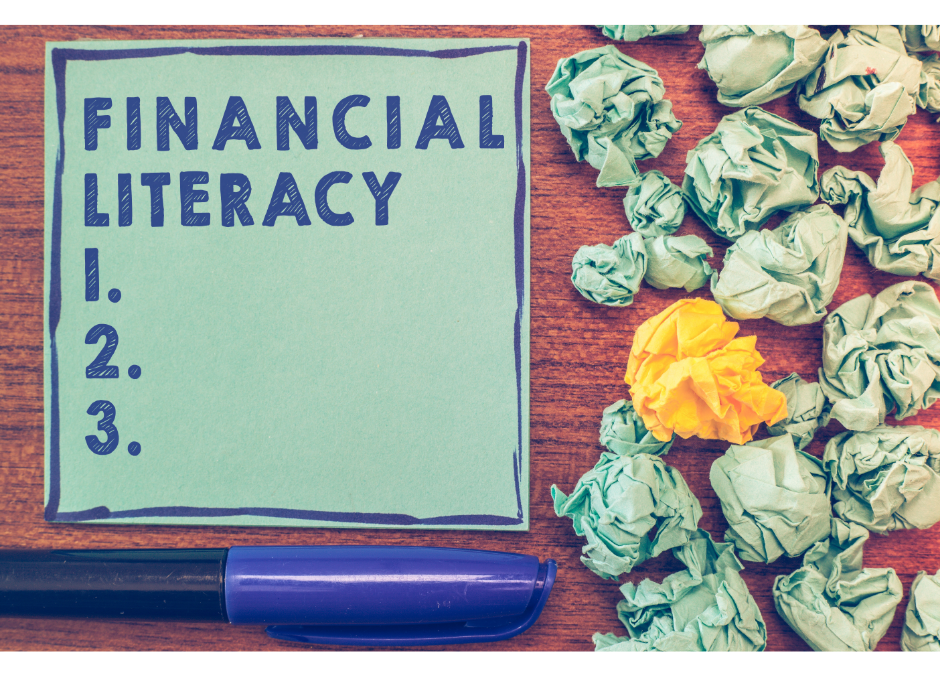Step 1: Savings & Cash
1. The first step in building financial security revolves around planning/budgeting and cash.
2. Spend less than you earn.
3. Prioritize your spending:
a) Absolute necessities, such as food/water, utilities, housing, paying off debts
b) Pay yourself: saving for the future
c) Wants, such as buying a new house or car or vacation
4. Emergency fund: It is important to have 3-6 months of expenses saved. This is money for a rainy day or emergency.
Step 2: Growing Your Assets
Once the ground work has been laid, you can begin focusing on investing for the future. It is important to work with an advisor to build a portfolio that encompasses both your goals and comfort level. However, here are a few basics:
- Typically, there is a link between time horizon and risk exposure. For an investor who has a long time-horizon (such as saving for retirement), they can be more aggressive in their investment choices. However, for those saving for a shorter-term goal, they would be better suited with a more conservative mix as they will need the money sooner.
2. Power of Compounding: The more time you have to leave your money invested, the more your money can grow on itself.
3. Slow and steady wins the race. Over the long term, a well-diversified portfolio will perform better than chasing short-term trends.
Step 3: Protecting Your Family & Assets
After you have established a sound spending policy and investment allocation, it is important to consider how to preserve what you have built.
- Within your investment portfolio, fixed income and certain annuities can help offset the volatility of the equity market.
- As people age, there is always a concern of a long-term care event, which can quickly eat away at any savings. Long term care insurance can help offset this cost.
- If you have a loved ones that you will leave behind, life insurance can aid them in paying for funeral costs or cover any remaining debts.
Step 4: Leaving a Legacy
The last piece of the puzzle is planning for your legacy after you pass. Working with financial, legal, and tax advisors to build an estate plan can establish guidelines for the distribution of assets as well as protect any heirs.
- An estate plan can help ensure your affairs are handled by the person you choose and in the manner you prefer.
- A durable power of attorney and medical directive allows you to establish who can assist you with your affairs should you become incapacitated.
- Trusts, a common aspect of estate plans, can protect your heirs from liability.
Source: https://rjnet.rjf.com/quilt/api/document/fa2c49f0-47b6-47a0-9c2a-0f019ab8b2bc/2
Any opinions are those of the author and not necessarily those of Raymond James. Raymond James and it’s advisors do not offer tax and legal advice. You should discuss any tax and legal matters with the appropriate professional.





